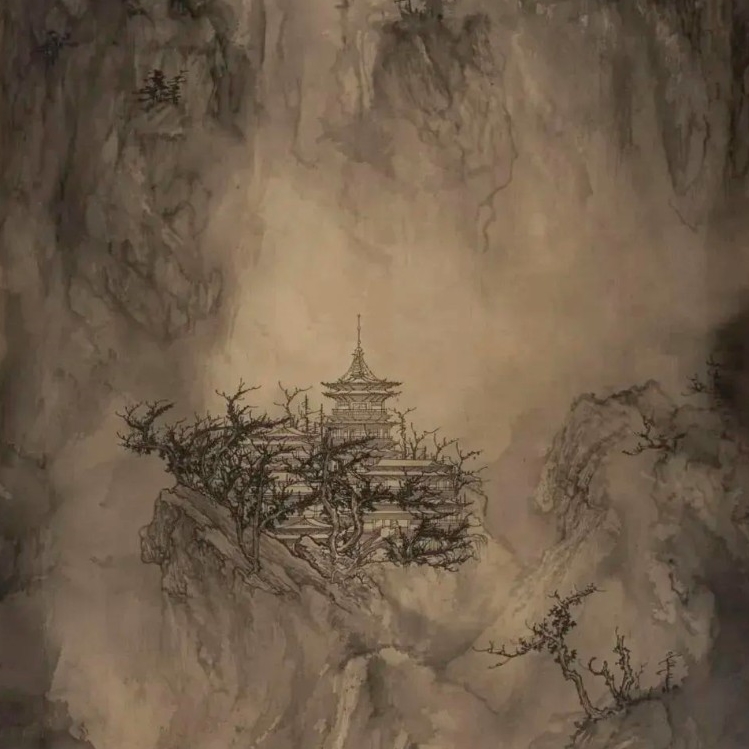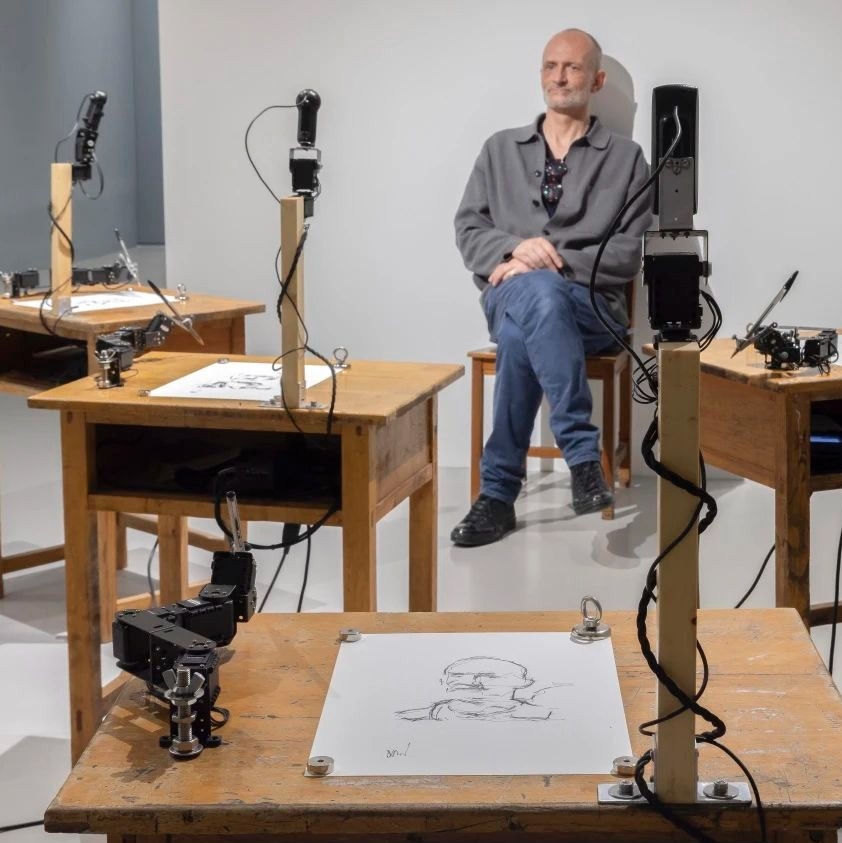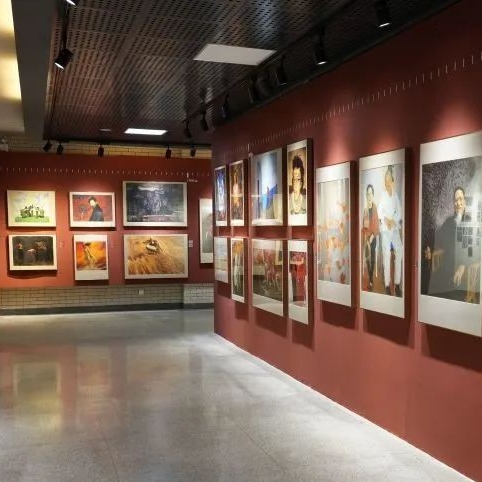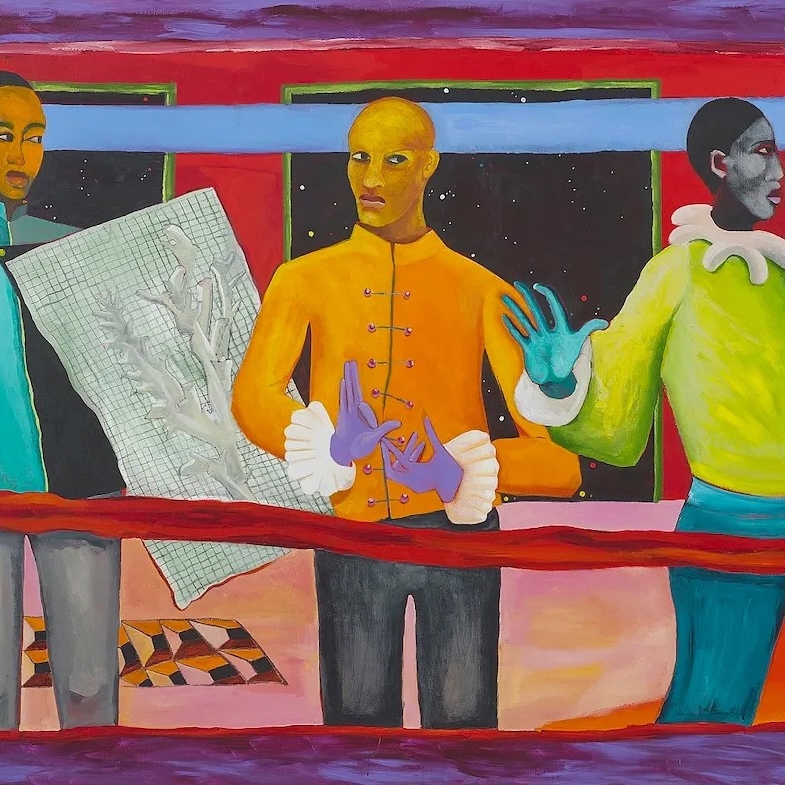
In collaboration with Tate Modern, London and the Stedelijk Museum, Amsterdam, M WOODS Museum presents China’s first and most comprehensive overview of the work of the American artist Bruce Nauman.
The exhibition features work from fifty years of Nauman’s career, and departs from previous surveys in its experiential approach to display and its focus on Nauman’s interest in performance art, neon, sound, and the moving image.
Bringing together key works that call attention to Nauman’s highly innovative approach to making art, the exhibition will also include a special presentation of Nauman’s 2004 Tate Turbine Hall commission Raw Materials, which functions as a sound retrospective, bringing together 22 audio excerpts from works spanning a nearly forty year period.

Bruce Nauman, Clown Torture, 1987
© 2022 Bruce Nauman / Artists Rights Society (ARS)
“[If] I was an artist and I was in the studio”, Nauman explained, “then whatever I was doing in the studio must be art.” The exhibition will also present important works from museum collections internationally that explore Nauman’s preoccupation with the theme of the artist’s studio. MAPPING THE STUDIO II with color shift, flip, flop & flip/flop (Fat Chance John Cage) (2001) features seven large video projections presenting different views of Nauman’s studio in New Mexico, filmed at night with an infrared camera over a period of several weeks. While MAPPING THE STUDIO II focuses on the artist’s studio, video installations like Clown Torture (1987) and Anthro/Socio (Rinde Spinning) (1992) challenge the conventional gallery experience, confronting and at times directly engaging the viewer in the actions taking place.
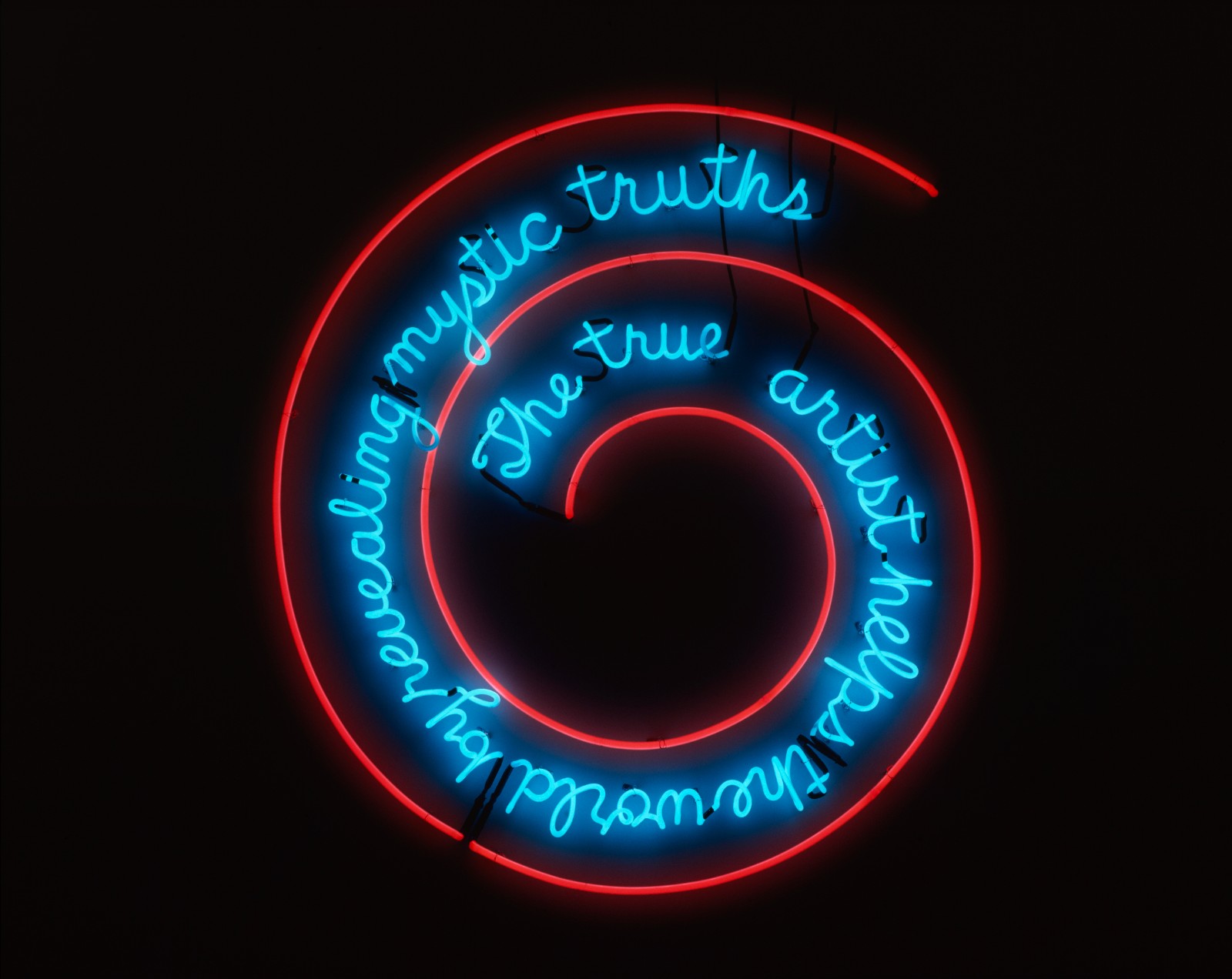
Bruce Nauman, The True Artist Helps the World by Revealing Mystic Truths (Window or Wall Sign), 1967
© 2022 Bruce Nauman / Artists Rights Society (ARS)
Reflecting both Nauman’s use of the body as a primary artistic medium and the increasing use of film (and later, video) as an important tool for the documentation of performance art in the 1960s, Walking in an Exaggerated Manner Around the Perimeter of a Square (1967–8), Walk with Contrapposto (1968), and Bouncing in the Corner, No. 1 (1968) are among Nauman’s earliest works, made following his graduate studies in Fine Art at the University of California, Davis.
The exhibition also features Nauman’s influential neon sculptures that explore the ways in which art can occupy a space between advertising and consumerism, and the potential of language and light. Works such as The True Artist Helps the World by Revealing Mystic Truths (Window or Wall Sign) (1967) were inspired by a commercial beer sign which hung in his San Francisco studio, a former grocery store. The True Artist is also the first of Nauman’s neons to incorporate text. Nauman explained: “I had an idea that I could make art that would kind of disappear – an art that was supposed to not quite look like art. You wouldn’t really notice it until you paid attention.”

Bruce Nauman, Going Around the Corner Piece with Live and Taped Monitors, 1970
© 2022 Bruce Nauman / Artists Rights Society (ARS)
Two important works, Going Around the Corner Piece with Live and Taped Monitors (1970) and Changing Light Corridor with Rooms (1971), both reveal the ways in which, for Nauman, behavioural attitudes and audience participation are related to psychological states and spaces. When encountering Going Around the Corner Piece, the visitor is required to be both a viewer and a participant, as a CCTV camera records the audience as they activate the work. Built a year later in his Los Angeles studio, Changing Light Corridor with Rooms consists of a long-walled corridor with two side rooms (one rectangular, the other triangular) intermittently flashing lights as the viewer walks through the constricted space. A number of these corridors evidence the artist’s concern with the effect physical spaces can have on people and their behaviour, especially the way that constructed environments can create feelings of unease and change an individual’s mood.
About the exhibition
Dates: 11 March 2022 – 11 June 2022
Curated at M WOODS by Victor Wang, Artistic Director and Chief Curator
Curated at Tate Modern by Andrea Lissoni, former Senior Curator, International Art (Film), Tate Modern; Nicholas Serota, former Director, Tate, and Katy Wan, Assistant Curator, International Art, Tate Modern.
Venue: M WOODS Hutong
Courtesy M WOODS Museum.


